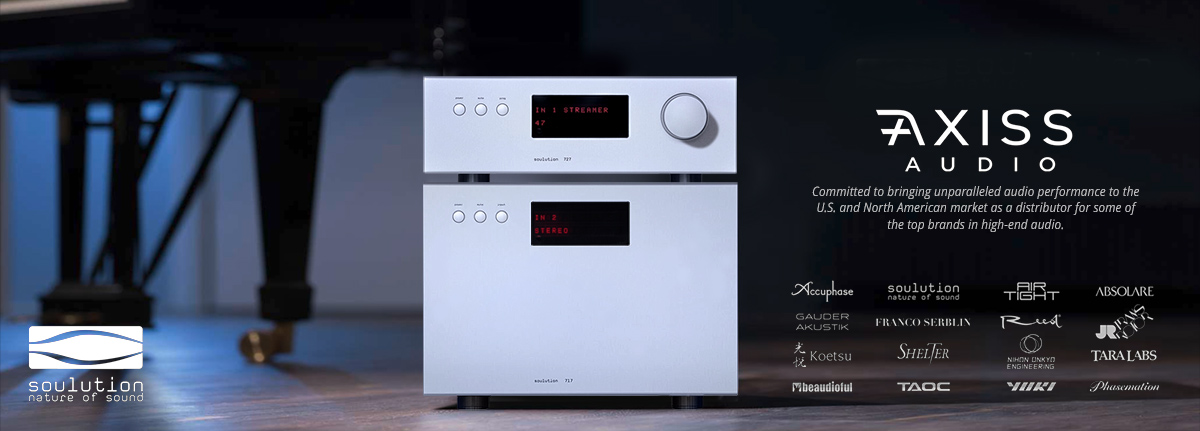Anyone tried the Lightspeed Attenuator? I have. I picked one up last week and have been listening to it. Brilliant! So neutral and accurate. If you need something simple, inexpensive and dead easy to use, this puppy is for you.
More seriously, I doubt there is a preamp available at any price, which can equal this sucker. It's THAT good.
Now, the downsides:
* It doesn't look like it cost $10,000.00.
* It has no gain. (No biggie)
* RCA cables need to be low capacitance and load impedance should be 33,000 Ohms or higher.
Honestly, the damned thing is so cheap, just buy one and try to prove me wrong.
[DISCLAIMER] I have no financial interest in Lightspeed, but I do know the designer. (he is a grumpy bugger and ex-surfer)
www.lightspeedattenuator.com
TG
More seriously, I doubt there is a preamp available at any price, which can equal this sucker. It's THAT good.
Now, the downsides:
* It doesn't look like it cost $10,000.00.
* It has no gain. (No biggie)
* RCA cables need to be low capacitance and load impedance should be 33,000 Ohms or higher.
Honestly, the damned thing is so cheap, just buy one and try to prove me wrong.
[DISCLAIMER] I have no financial interest in Lightspeed, but I do know the designer. (he is a grumpy bugger and ex-surfer)
www.lightspeedattenuator.com
TG
















